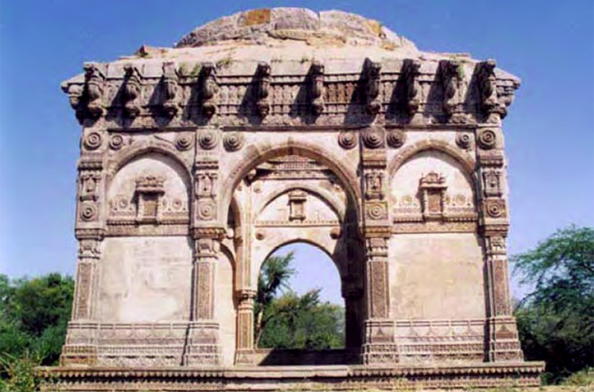- About Us
- Schemes
- Culture Scheme Dashboard
- Scheme of Financial Assistance for Promotion of Art and Culture
- Financial Assistance to Cultural Organizations with National Presence
- Cultural Function and Production Grant(CFPG)
- Financial Assistance for Preservation and Development of Cultural Heriatge of the Himalayas
- Financial Assistance for Development of Buddhist/Tibetan Arts and Culture
- Financial Assistance for Cultural Activities in Performing Arts for Building Grants Including Studio Theatres
- Financial Assistance for Allied Cultural Activities
- Financial Assistance for Promotion of Guru-Shishya Parampara (Repertory grant)
- National Mission on Libraries
- Financial Assistance for Construction of Tagore Cultural Complexes(TCC)
- Scheme of Financial Assistance under Seva Bhoj Yojna
- Scheme of Scholarship and Fellowship for Promotion of Art and Culture
- Museum Grant Scheme
- Scheme for Financial Assistance for Veteran Artists
- Scheme for Promotion of Culture of Science (SPOCS)
- Scheme for Safeguarding the Intangible Cultural Heritage
- Global Engagement Scheme
- Indian Conservation Fellowship Program (ICFP)
- Centenary and Anniversary Celebrations Scheme
- Mission
- ICR
- Commemorations
- CSL
- G20 CWG
- Contact Us
Champaner-Pavagadh Archaeological Park

Champaner-Pavagadh Archaeological Park
Gujarat
The Champaner-Pavagadh Archaeological Park with its ancient Hindu architecture, temples and special water-retaining installations, together with its religious, military and agricultural structures, dating back to the regional capital city built by Mehmud Begda in the 16th century, represents a perfect blend of Hindu and Muslim architecture, mainly in the Great Mosque (Jami Masjid), which was a model for later mosque architecture in India. This special style comes from the significant period of regional sultanates. It is furthermore an outstanding example of a very short-lived capital, making the best use of its setting, topography and natural.
The sites are at the foot of and around the Pavagadh hill, surrounded by lower hillocks, escarpments and plateaux, all result of volcanic eruptions and lava flows. At the top of the hill is the temple of Kalikameta. The site itself comprises fortifications, water installations and standing structures from the 8th to 14th centuries as well as a deserted city of Mahmud Begharha. It includes also the living village, Champaner, within the area of the historic town. There are two precincts. The first is the Royal Enclosure, fortified by high defensive stone walls, with towers and gates, which formerly housed palaces, gardens, royal mosque and administrative buildings, and is now the site of the modern village and government offices. Most of the precinct is buried and unexcavated.
A processional way links the royal palace, through the city gate, with the mosque, outside the precinct. The second precinct, called Jahanpanah, is also unexcavated. It was the capital of Begharha, and abandoned in the mid-16th century when conquered by the Mughal Empire. The urban plan has been studied by exposing the main road system, comprising well-built and paved streets, all leading from the surrounding fortifications to the centre of the city.
The whole area is now an excavation site which includes residential areas for the wealthy and more common people, with gardens and water channels being part of the design; shops and commercial areas along some streets; pavilions and public gardens; mosques located in and near residential areas. Next to the mosques there are graveyards and mausolea, temples, located mainly on the Pavagadh hill, belong to different Hindu deities. The temples are richly decorated, mainly with stone carvings.








